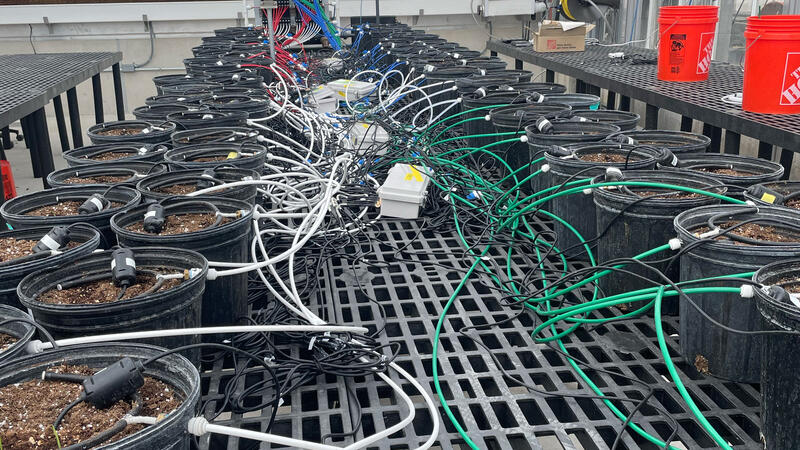News
Timing is everything: How drought affects switchgrass
If you’ve ever grown carrots in your garden and puzzled over never once seeing them flower, don’t blame your lack of a green thumb.
Carrots, beets and many other plants won’t flower until they’ve gone through winter. The extended cold gives them the signal to flower quickly once spring arrives, providing the plants an edge in the race to produce seeds.
If environmental engineer Daniel Noguera had his way, he would orchestrate a microbiome to pump out higher-value chemical products.
Five Great Lakes Bioenergy Research Center (GLBRC) researchers have been named to Clarivate Analytics’ 2018 list of “Highly Cited Researchers”.
The organic matter left over after biofuel production is a rich potential feedstock for making additional high-value bioproducts. Analysis of a microbial metabolic network that can break down this conversion residue is a step toward understanding how to engineer microbial communities to optimize production of desired molecules.
An unprecedented comparison of hundreds of species of yeasts has helped geneticists brew up an expansive picture of their evolution over the last hundreds of millions of years, including an analysis of the way they evolved individual appetites for particular food sources that may be a boon to biofuels research.
A compound that has scientists seeing red may hold the key to engineering yeasts that produce better biofuels.
An ideal biorefinery would turn renewable crops into a variety of fuels and products with little waste. A significant challenge in realizing this vision is what to do with lignin, a fibrous and difficult-to-breakdown material in the cell walls of plants that gives them their sturdiness.
Conventional wisdom in biofuels research holds that carbon efficiency is the most important factor for determining promising strategies for the production of biofuels. For researchers, this means that the more carbon in the crop that ends up as carbon in the fuel, the better.
Switchgrass is a promising biofuel alternative to corn, but farmers, environmentalists and biofuel developers, find deciding on the right time to harvest particularly thorny.
Michaela TerAvest, Michigan State University assistant professor of biochemistry, was recently awarded the Beckman Young Investigator (BYI) Award by the Arnold and Mabel Beckman Foundation.





